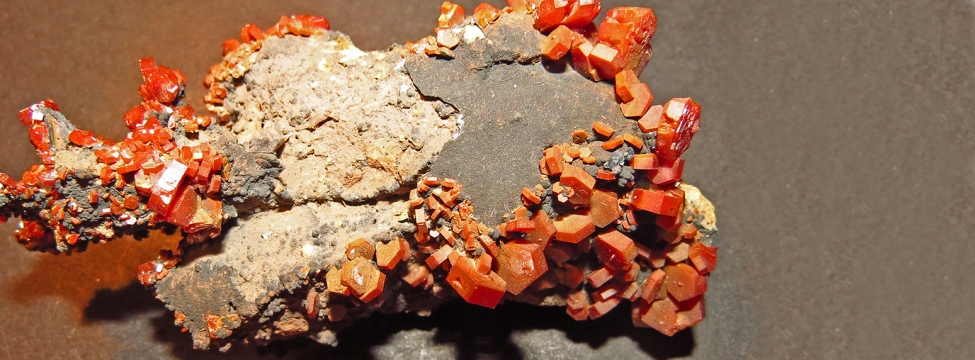In cooking, some ingredients have such an inherently strong taste that a few grains can be detected on even the most insensitive of palates. Chili peppers are a good example and whereas in a stew they can provide a balanced taste, in a sweet cake the taste is less than desirable. So it is with some chemical elements; for example, uranium.
Typically, uranium occurs along with similar elements as a function of geological and geochemical processes. For the metallurgist this can present challenges when looking to isolate and generate uranium compounds and products or isolate associated elements. Even a few parts per million of uranium can result in a product being considered “contaminated” or radioactive.
In defining a new source of battery quality vanadium, American Vanadium involved SRK to advise on the chemistry and separation of uranium from vanadium and in producing high-purity vanadium polyelectrolyte for use in vanadium batteries. Working as part of the owners’ team, SRK was involved in the design and interpretation of testwork and helped develop a suitable flowsheet to promote vanadium extraction and separate uranium that was leached along with the vanadium. Working with chemical reagent suppliers, a novel flowsheet was developed that will allow the company to produce a suitable quality vanadium product to sell into the battery industry and a uranium by-product that can also be sold. Applying good chemical knowledge and experience in process engineering, SRK assisted the client in achieving their goals.

